Yale Bioretention Garden Introduce
For environmentally conscious residents of Connecticut, the Yale Bioretention Garden in Bridgeport represents a fascinating and vital example of urban green infrastructure. This isn't a "park" in the traditional sense, with playgrounds or vast recreational fields. Instead, it's a living laboratory and a functional landscape designed to address critical urban environmental challenges, primarily stormwater runoff. Developed through collaboration between Yale University's Urban Ecology and Design Laboratory (UEDLAB) and the local community, this site in Bridgeport is a testament to innovative ecological engineering and its potential to enhance urban resilience. For those in Connecticut interested in sustainability, ecological design, and community-driven environmental solutions, the Yale Bioretention Garden offers a compelling look at cutting-edge practices in action.
The core purpose of the Yale Bioretention Garden is to demonstrate and implement effective bioretention systems for managing stormwater runoff. In urban areas like Bridgeport, impervious surfaces (like roads and rooftops) prevent rainwater from soaking into the ground naturally, leading to increased runoff, potential flooding, and pollution of local waterways. Bioretention gardens, often referred to as rain gardens, are specially designed landscaped depressions that capture, filter, and absorb this excess water. They utilize a mix of engineered soils, gravel, and specific plant species to mimic natural hydrologic processes, helping to reduce the burden on traditional "gray infrastructure" (sewers and storm drains) and improve water quality.
While the concept might seem technical, the visual reality is a green space that contributes to the city's ecological health. It serves as a real-world testbed for researchers from Yale and UConn, studying how such green infrastructure performs in urban coastal environments, especially given the challenges of high water tables and historical industrial fill common in such areas. The project also aims to involve the community, serving as a public garden and an educational tool, encouraging greater understanding and acceptance of these sustainable practices. Although one review pointed out a specific concern about the choice of plant species, it highlights the ongoing dialogue and learning that are inherent in such innovative projects, underscoring their research and adaptive management components.
The Yale Bioretention Garden is situated in Bridgeport, CT 06604, USA. Specifically, it is located within the Seaside Village residential community in the south end of Bridgeport. While the exact public access points might be subtle given its primary function as a demonstration and research site, its presence in this residential area makes it an accessible, albeit perhaps understated, piece of green infrastructure within the urban fabric.
As an urban ecological project, the garden is designed to integrate into the existing landscape. Being located in a residential neighborhood means it's generally accessible by foot for local residents of Seaside Village. For those coming from other parts of Bridgeport or wider Connecticut, the garden can be reached by car, with street parking likely available in the vicinity. Public transportation options within Bridgeport, such as local bus routes, would also likely provide access to the general area, requiring a short walk to the specific garden site.
Its location in Bridgeport, a coastal city that faces challenges with stormwater and sea-level rise, is critically important to its purpose. The garden's design and function are directly relevant to the environmental conditions of the immediate area and serve as a model for resilience efforts in other vulnerable coastal communities across Connecticut. While it might not be a widely advertised tourist destination, its accessibility to the community it serves and its significance as an ecological asset are key.
The Yale Bioretention Garden, as a specialized green infrastructure project, offers services that are primarily ecological and educational in nature, rather than conventional park amenities. Its core "services" contribute to environmental health and community understanding:
- Stormwater Management: The primary function is to capture, filter, and infiltrate stormwater runoff from impervious surfaces like roofs and paved areas. This reduces the volume of water entering municipal storm drains and local waterways, thereby mitigating flooding and improving water quality by removing pollutants.
- Water Quality Improvement: Through filtration by specialized soil media and uptake by plants, the garden helps to remove contaminants from stormwater before it recharges groundwater or flows into rivers and Long Island Sound.
- Groundwater Recharge: By allowing stormwater to slowly infiltrate the ground, the bioretention garden contributes to the replenishment of local groundwater tables, which is a vital ecological service.
- Ecological Research and Data Collection: The garden serves as a living laboratory for researchers from Yale and UConn to study the effectiveness of green infrastructure in urban coastal environments. This ongoing research helps refine best practices for climate adaptation and stormwater management.
- Environmental Education: The project is designed to be a demonstration site, providing a tangible example of green infrastructure for the community. It offers an opportunity for residents and students to learn about sustainable stormwater solutions, urban ecology, and climate resilience through direct observation.
- Habitat Creation (Limited): While focused on water management, the planted areas within the garden can contribute to localized biodiversity by providing habitat for certain insects and potentially birds, especially if native species are used.
- Community Engagement: The development of the garden involved community participation, fostering a sense of ownership and providing opportunities for local residents to be involved in environmental initiatives.
It's important for visitors to understand that this is not a recreational park in the common sense. There are no playgrounds, sports fields, or picnic facilities. Its value lies in its ecological function and its role as an educational model for sustainable urban development in Connecticut.
The Yale Bioretention Garden, though unconventional as a "park," boasts several significant features and highlights that underscore its importance and innovative nature, particularly for those in Connecticut interested in environmental solutions:
- Innovative Green Infrastructure Design: The garden is a prime example of bioretention technology, showcasing how engineered landscapes can effectively manage stormwater runoff. It features carefully designed depressions, specialized soil layers (including sand and gravel), and selected plantings that work in concert to infiltrate and filter water.
- Real-World Urban Application: Unlike theoretical models, this garden is a functional installation in a real residential community in Bridgeport. This provides valuable insights into how green infrastructure performs in complex urban environments, including areas with high water tables and historical fill, which is crucial for replication in other Connecticut cities.
- Collaborative Project: A key highlight is its origin as a collaborative effort involving Yale University's Urban Ecology and Design Laboratory, local residents of Seaside Village, and the City of Bridgeport. This multi-stakeholder approach emphasizes community involvement in environmental solutions.
- Focus on Climate Resilience: Situated in a coastal city prone to flooding and sea-level rise, the garden directly contributes to Bridgeport's climate resilience strategy by managing stormwater more effectively and reducing pressure on traditional drainage systems. It's a tangible step towards making Connecticut's coastal communities more adaptable to environmental changes.
- Educational Value: Beyond its functional purpose, the garden serves as an ongoing educational resource. It allows for the study of ecological processes in an urban context and can inform public understanding of sustainable design practices. It embodies the integration of academic research with practical urban solutions.
- Demonstration of Ecosystem Services: The garden visually demonstrates how natural processes can provide vital "ecosystem services," such as water purification and flood mitigation, within a built environment. It highlights the aesthetic and environmental benefits of integrating nature-based solutions into urban planning.
While one review mentioned concerns about specific plant choices for water absorption, this highlights the ongoing research and adaptive management aspects of the project, where feedback and scientific observation contribute to refinement and learning. The garden's true highlights lie in its pioneering role in urban ecological design and its direct impact on Bridgeport's environmental health.
As a scientific and environmental demonstration project, the Yale Bioretention Garden does not offer commercial "promotions" or "special offers" in the way a business would. Its value is inherent in its public accessibility and its contribution to environmental sustainability and research.
However, the "offer" for locals in Connecticut is the opportunity to visit and learn from a pioneering example of green infrastructure. While there aren't discounted rates or package deals, the true "promotion" lies in the availability of educational resources and the chance to observe a functional ecological system in an urban setting. This often comes in the form of:
- Public Access: The garden is generally accessible to the public, allowing anyone to observe its design and function.
- Educational Initiatives: The Yale Urban Ecology and Design Laboratory or local environmental groups may offer free workshops, tours, or informational signage at the site. These events would be promoted through Yale's environmental departments, local community centers, or environmental non-profits in Bridgeport.
- Volunteer Opportunities: There might be opportunities for community members to participate in planting or maintenance days, offering a hands-on learning experience about bioretention gardens.
To learn about any potential guided tours, educational events, or volunteer days, it is recommended to search the websites of Yale University's environmental departments (such as the Yale School of the Environment or the Urban Ecology and Design Laboratory) or local environmental organizations in Bridgeport that partner on such projects. These resources would provide information on how to engage more deeply with the garden and its purpose.
Since the Yale Bioretention Garden is primarily a research and demonstration project developed in collaboration with Yale University, direct public contact information for the "park" itself is not typically available in the way a commercial establishment would provide it. For inquiries, it is best to contact the relevant departments at Yale University or local municipal environmental offices.
Address of the garden's location: Bridgeport, CT 06604, USA (specifically within the Seaside Village community on Atlantic Street).
For more detailed information about the project, its research, or potential educational opportunities, it is recommended to reach out to:
- Yale University's Urban Ecology and Design Laboratory (UEDLAB): This lab is directly involved in the project. Their website would likely have contact information for general inquiries related to their research and projects.
- The Yale School of the Environment: As the broader academic institution overseeing environmental studies, they may be able to direct inquiries to the appropriate personnel.
- City of Bridgeport's Environmental or Public Works Departments: These municipal departments would be involved in local green infrastructure initiatives and could provide context on the garden's role in the city's stormwater management plans.
A general phone number for Yale University or its specific environmental departments would be the most effective way to seek further information, as direct contact for the garden itself is not publicly listed.
For residents of Connecticut, especially those in Bridgeport and surrounding areas, the Yale Bioretention Garden offers a compelling and highly relevant example of local innovation in environmental stewardship. While it's not a recreational park, its suitability for locals lies in its direct contribution to the environmental health and resilience of their community, as well as its educational value.
Firstly, the garden actively works to mitigate urban flooding and improve water quality in Bridgeport. For locals who experience the effects of heavy rainfall and understand the importance of clean waterways, this project provides a tangible solution right in their neighborhood. It showcases how smart design can turn environmental challenges into opportunities for ecological benefit, directly impacting the quality of life in the city.
Secondly, the garden serves as a powerful educational tool. For students, environmental enthusiasts, or simply curious citizens in Connecticut, it offers a real-world example of green infrastructure in action. It demystifies concepts like bioretention and stormwater management, allowing locals to see how scientific principles are applied to solve practical urban problems. This hands-on, local example of Yale's expertise being deployed for community benefit is invaluable.
Finally, the project underscores the collaborative spirit between academic institutions like Yale and local communities. It demonstrates a commitment to improving urban environments through innovative, ecologically sound practices, directly benefiting the residents of Bridgeport. For those in Connecticut who are invested in their local environment and interested in seeing sustainability in practice, the Yale Bioretention Garden is a significant and suitable "park" to visit and learn from.
Yale Bioretention Garden Photos


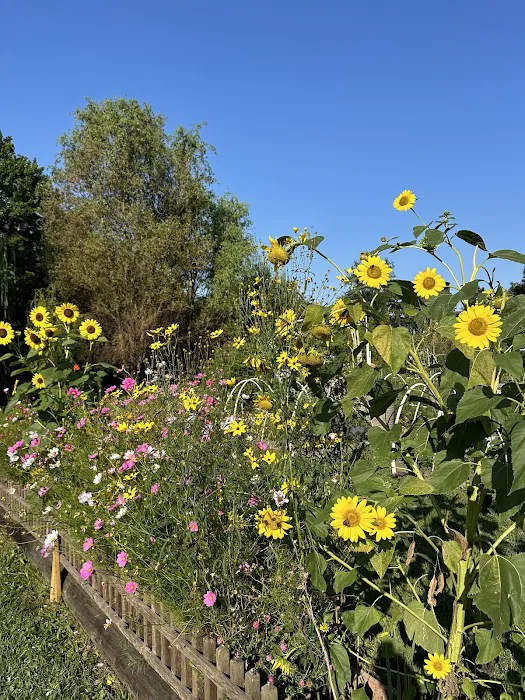
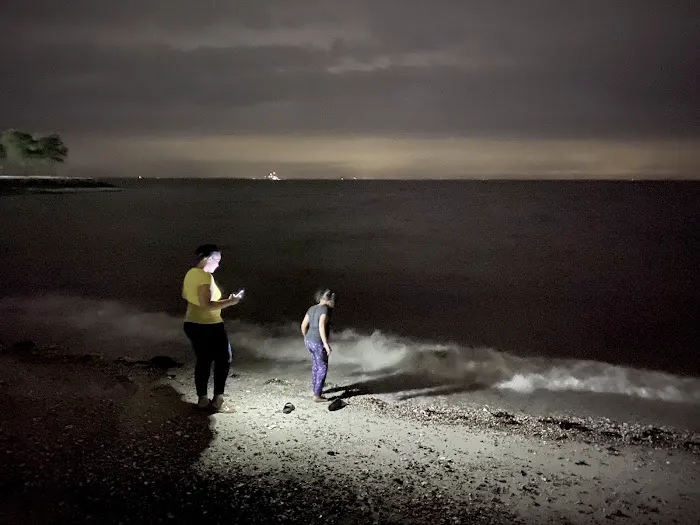
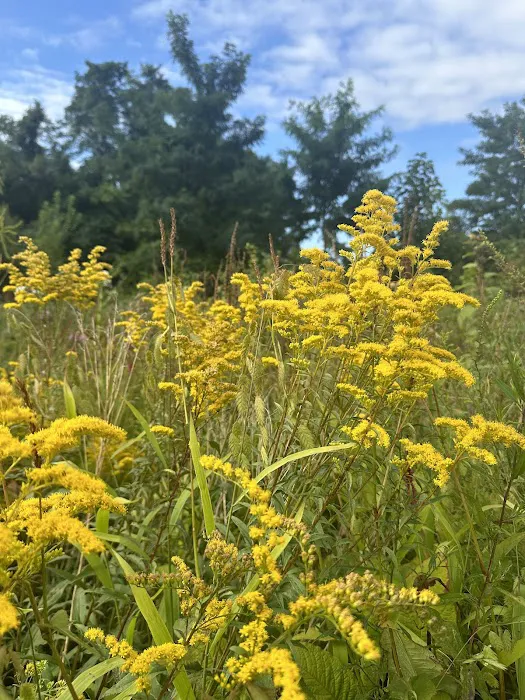
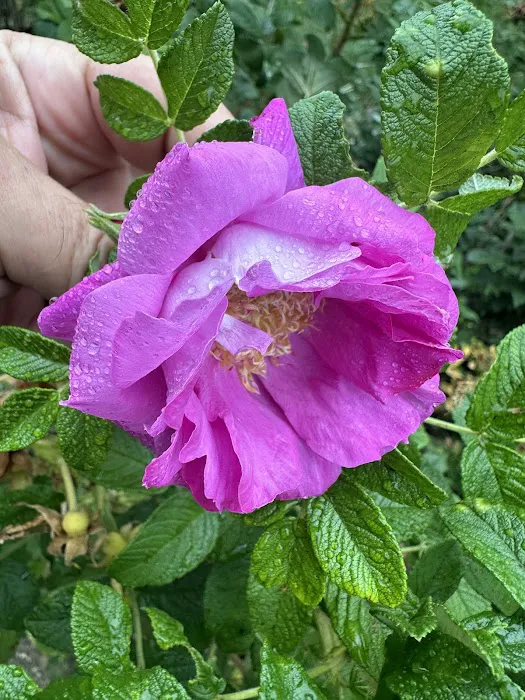
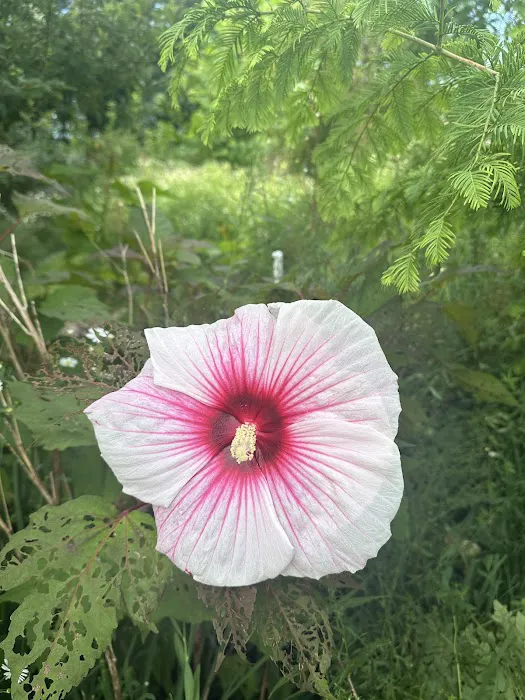
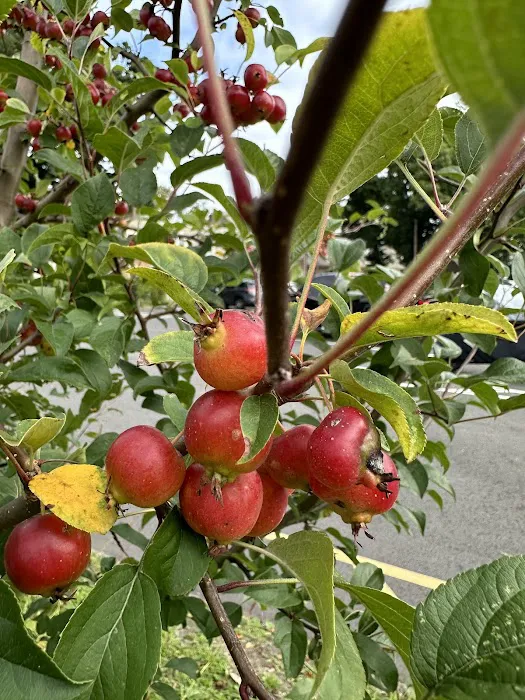

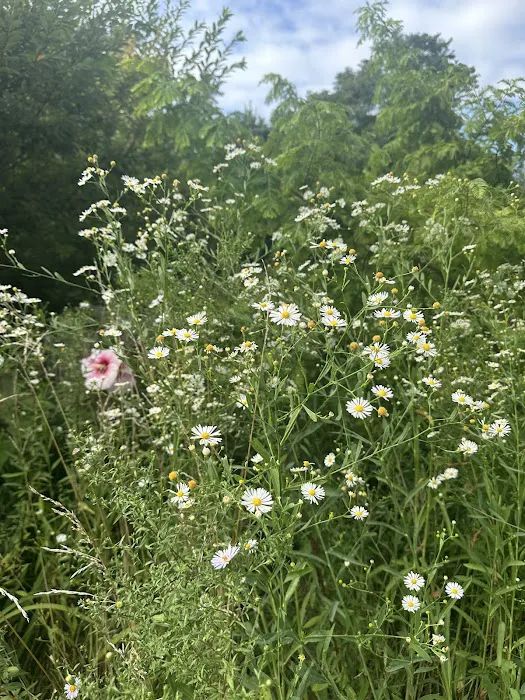
Yale Bioretention Garden Location
Yale Bioretention Garden
Bridgeport, CT 06604, USA
 Yale Bioretention Garden
Yale Bioretention GardenBridgeport
 Community Garden of Joy
Community Garden of Joy576 Gregory St
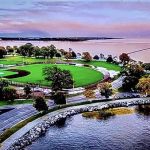 Seaside Park Rooms
Seaside Park Rooms708 Atlantic St
 The Dome
The Dome1 Barnum Dyke
 Went Field
Went FieldBridgeport
 Seaside Gateway Trail
Seaside Gateway TrailSouth End
 Seaside Park
Seaside Park1 Barnum Dyke
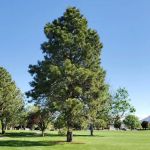 West Side Park II
West Side Park II369-317 Bostwick Ave
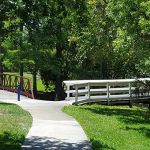 West End Park
West End ParkBridgeport
 Longfellow Park
Longfellow ParkSt Stephens Rd
 Cal Ripken Ball Park
Cal Ripken Ball Park141 Ocean Terrace
 McLevy Green
McLevy Green102 Bank St
 Peacock Alley
Peacock Alley1042 Broad St
Yale Bioretention Garden Reviews
Its dumb. They should have the marsh grass planted that is indigenous to the area. in this way the excess water from rain is absorbed
Jul 21, 2017 · tagine tagine- Aug 17, 2024 · Liam Murray
More Scenic Spot
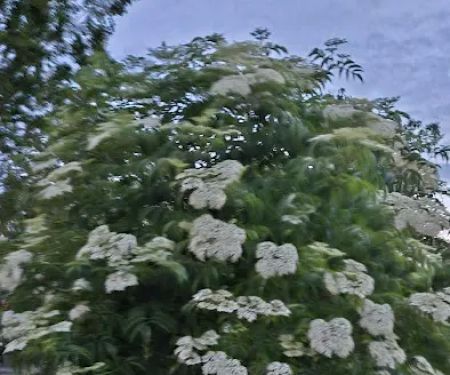 Community Garden of Joy5.0 (1 reviews)
Community Garden of Joy5.0 (1 reviews)576 Gregory St, Bridgeport, CT 06604, USA
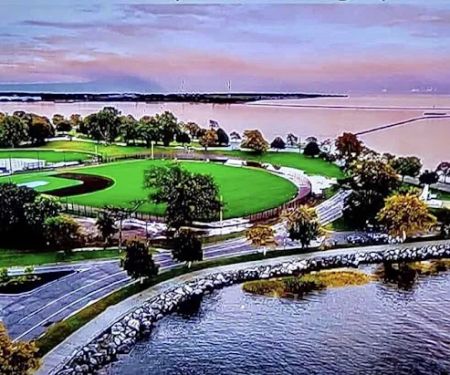 Seaside Park Rooms3.0 (2 reviews)
Seaside Park Rooms3.0 (2 reviews)708 Atlantic St, Bridgeport, CT 06604, USA
 The Dome5.0 (2 reviews)
The Dome5.0 (2 reviews)1 Barnum Dyke, Bridgeport, CT 06604, USA
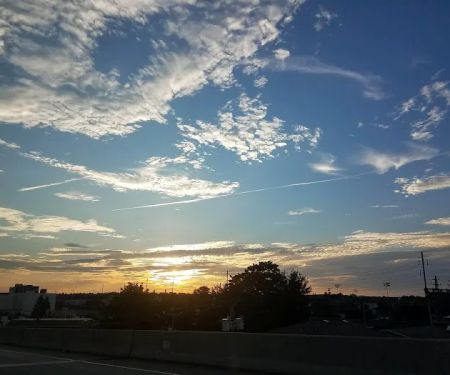 Went Field4.0 (524 reviews)
Went Field4.0 (524 reviews)Bridgeport, CT 06605, USA
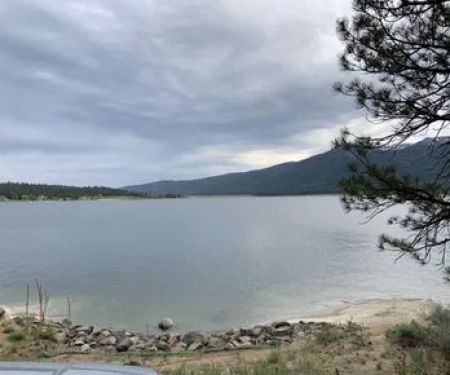 Seaside Gateway Trail0.0 (0 reviews)
Seaside Gateway Trail0.0 (0 reviews)South End, Bridgeport, CT 06604, USA
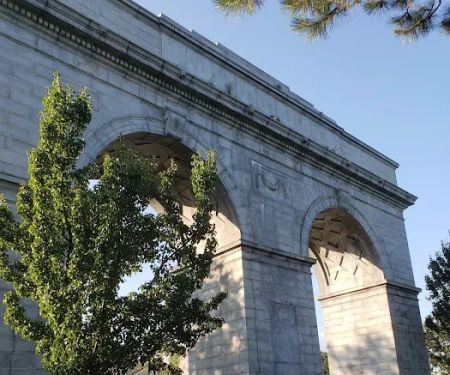 Seaside Park4.0 (4978 reviews)
Seaside Park4.0 (4978 reviews)1 Barnum Dyke, Bridgeport, CT 06604, USA
 West Side Park II4.0 (4 reviews)
West Side Park II4.0 (4 reviews)369-317 Bostwick Ave, Bridgeport, CT 06605, USA
 West End Park3.0 (36 reviews)
West End Park3.0 (36 reviews)Bridgeport, CT 06605, USA
 Longfellow Park4.0 (10 reviews)
Longfellow Park4.0 (10 reviews)St Stephens Rd, Bridgeport, CT 06605, USA
 Cal Ripken Ball Park4.0 (16 reviews)
Cal Ripken Ball Park4.0 (16 reviews)141 Ocean Terrace, Bridgeport, CT 06605, USA
 McLevy Green4.0 (239 reviews)
McLevy Green4.0 (239 reviews)102 Bank St, Bridgeport, CT 06604, USA
 Peacock Alley3.0 (1 reviews)
Peacock Alley3.0 (1 reviews)1042 Broad St, Bridgeport, CT 06604, USA
Categories
Popular Camping Sites
 Martin Luther King Jr. Playground4.0 (272 reviews)
Martin Luther King Jr. Playground4.0 (272 reviews)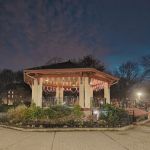 Urban Pups4.0 (29 reviews)
Urban Pups4.0 (29 reviews)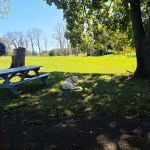 Pavilion at Town Park5.0 (1 reviews)
Pavilion at Town Park5.0 (1 reviews) Liberty State Park Maintenance Office4.0 (4 reviews)
Liberty State Park Maintenance Office4.0 (4 reviews)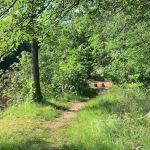 Wolfe's Pond Park4.0 (1851 reviews)
Wolfe's Pond Park4.0 (1851 reviews) Conference House Park4.0 (919 reviews)
Conference House Park4.0 (919 reviews)Trending Camping Blog Posts
 Top Group Travel Destinations in Europe: Best Places for Group Vacations
Top Group Travel Destinations in Europe: Best Places for Group Vacations How to Get Involved in Travel Clans for Social Travel: Explore Group Travel Opportunities
How to Get Involved in Travel Clans for Social Travel: Explore Group Travel Opportunities Best Travel Clans for Sustainable Travel
Best Travel Clans for Sustainable Travel Best Group Vacation Destinations for Friends: Ultimate Travel Ideas
Best Group Vacation Destinations for Friends: Ultimate Travel Ideas Travel Clans for Solo Travelers Looking for Company: Join Unique Travel Communities
Travel Clans for Solo Travelers Looking for Company: Join Unique Travel Communities Best Travel Clans for Women Traveling Together
Best Travel Clans for Women Traveling Together 
